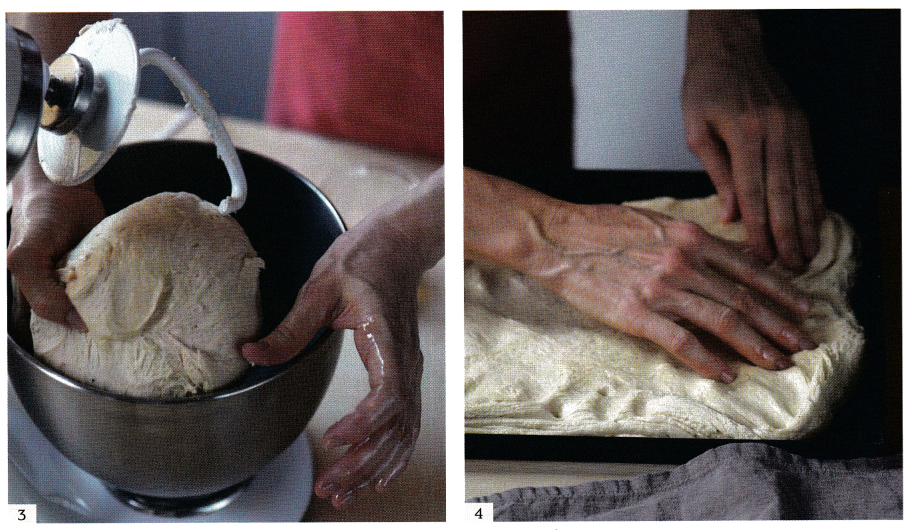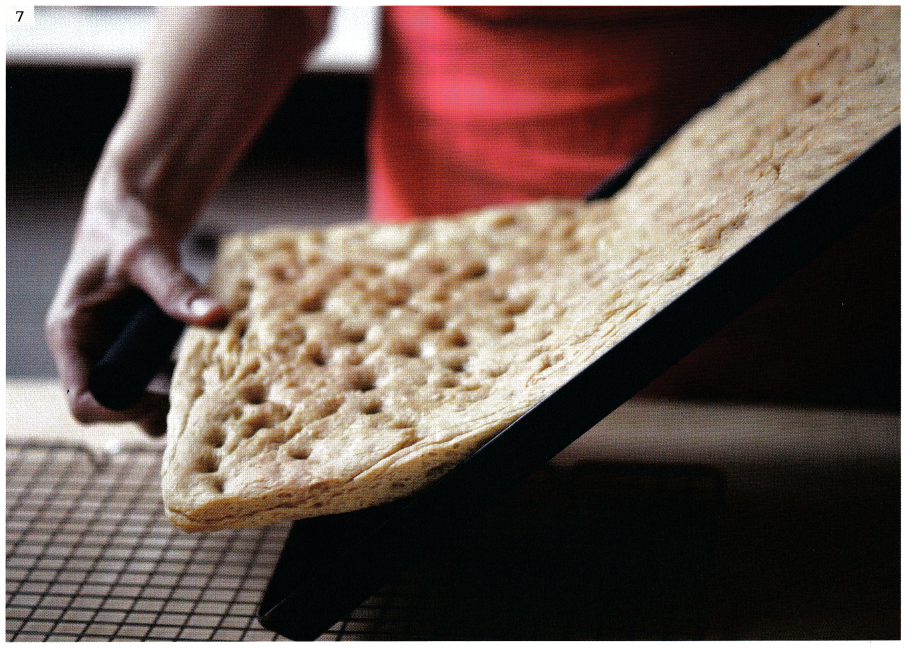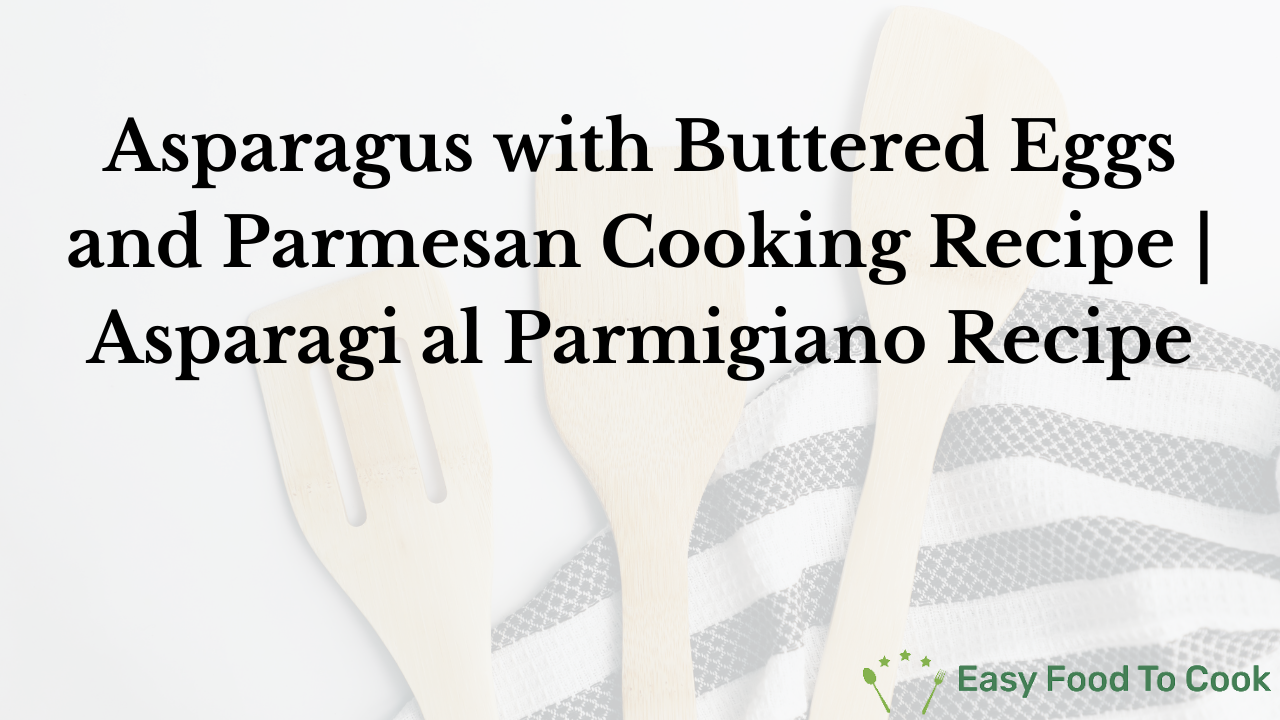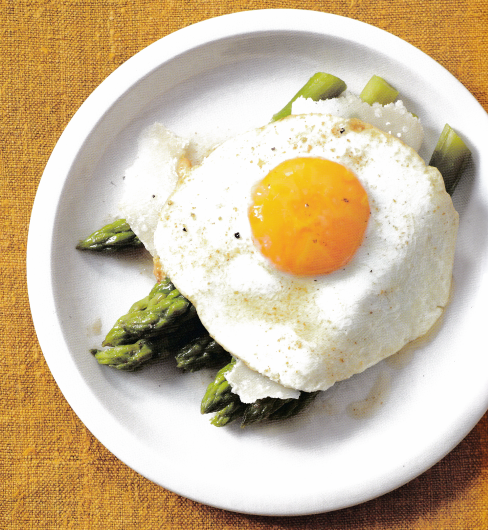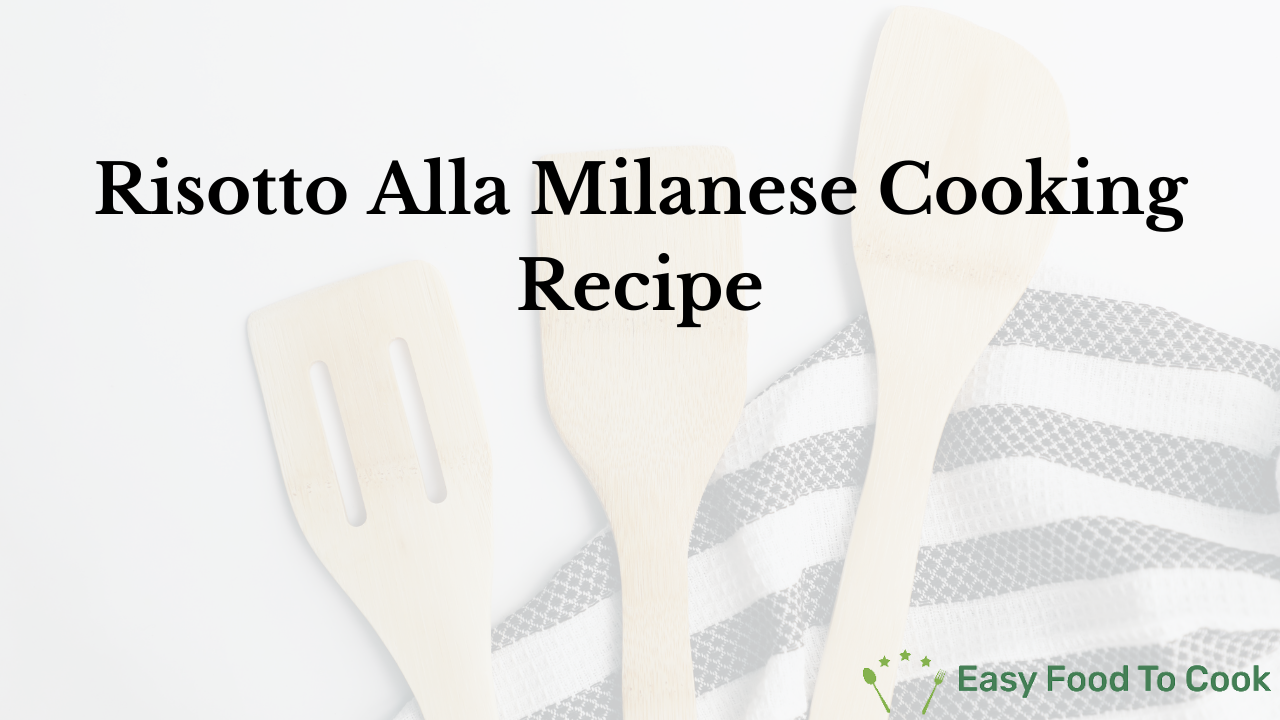Pizza al Taglio with Porcini, Sausage, and Arugula Cooking Recipe – Pizza al taglio porcini, salsiccia e rucola Recipe
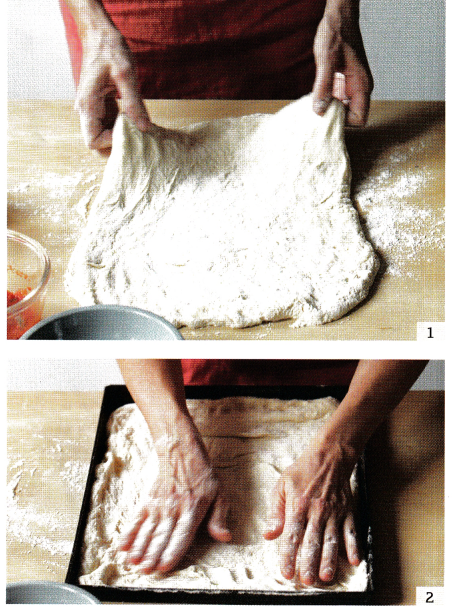
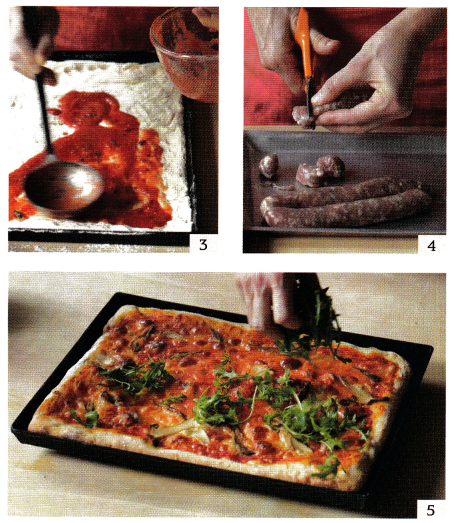
Roman- style pizza
We have Roman bakers of the 1950s to thank for inventing this method of making pizza on large baking sheets. It was a gimmick to expand their range of pizza on offer. Today pizza al taglio is sold in every bakery in Italy.
Makes one pizza to fit a 12 x 16 in. (30 x 40 cm) baking sheet
- Preparation time: 8 minutes
- Cooking time: 20 minutes
Ingredients
- 1 lb. 5 oz. (600 g) pizza dough (i.e. 3 balls Neapolitan pizza dough)
- 1¼ cups (300 ml) pizza sauce (i.e. 2 portions tomato sauce for pizza
- 10 oz. (300 g) mozzarella, chopped (i.e. 2 portions mozzarella for pizza)
- 1 chipolata or plain Toulouse sausage, cut into small pieces
- 1 porcini, finely chopped
- 1 tablespoon olive oil
- ¼ cup (50 g) arugula
Cooking Method
- Preheat the oven to 400°F (200°C), choosing the setting for combined top and bottom heating.
- Flatten out the pizza dough by hand. Lightly oil the baking sheet. Place the flattened ball of dough on a floured counter and begin to make it larger (1). Place on the baking sheet and spread it out to cover the entire surface, creating a shallow rim (2).
- Spread over the tomato sauce using a ladle or spoon (3).
- Add the toppings in the following order: mozzarella, sausage (4), and porcini. Drizzle over the olive oil.
- Bake the pizza on the lowest shelf of the oven.
- On removal from the oven, decorate with arugula (5).
- Cut into slices and serve immediately.
Focaccia Cooking Recipe
Focaccia is a bread dough enriched with olive oil, found under different names in every region of Italy. However, Genoese focaccia is by far the best known.
Genoese Focaccia
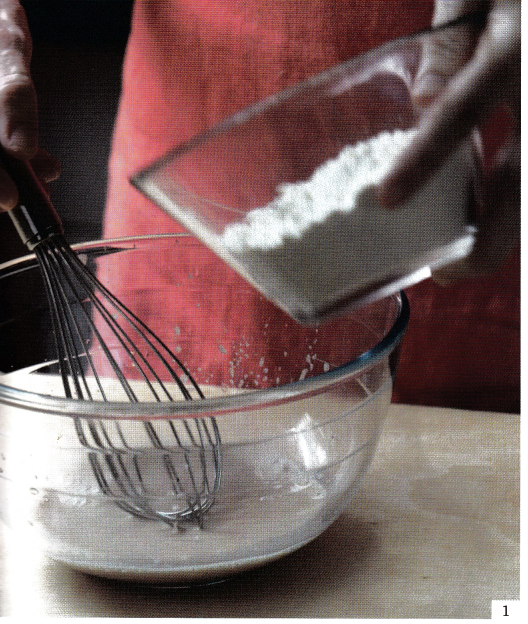
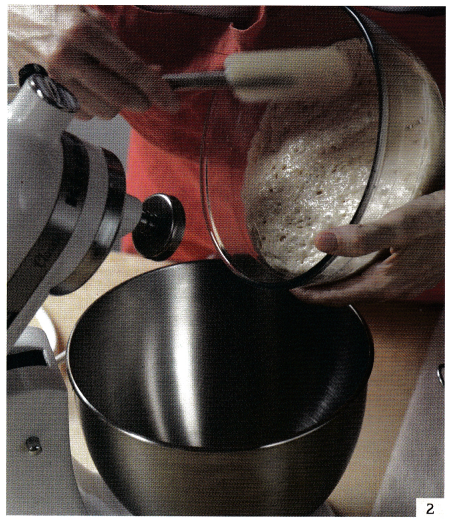
To fit a 12 x 16 in. (30×40 cm) baking sheet
- Preparation time: 45 minutes
- Rising time: 3 hours
- Cooking time: 20 minutes
Ingredients
- 6 cups (1 lb. 5oz./600 g) all-purpose flour
- 2 tablespoons (1 oz./30 g) fresh yeast
- 1 ½ cups (350 ml) water
- 2 teaspoons brown sugar or honey
- 1 tablespoon (½ oz./15 g) line salt + a little extra for baking sheet
- 2/3 cup (140 ml) olive oil
- 1 tablespoon (½ oz./15 g) kosher salt
Cooking Method
1. Dilute the yeast in ½ cup (100 ml) of the water at room temperature. Add the brown sugar and 1 cup (3 ½ oz./100 g) of the flour (1). Leave to rest for 1 hour.
2. Dissolve the fine salt in the remaining water.
3. Transfer the mixture to a food mixer fitted with a dough hook (or to a large bowl) (2), add the rest of the flour, the salted water, and 3 tablespoons (40 ml) of the olive oil. Turn on the mixer and knead for 10 to 15 minutes. Take the dough out of the mixer (3), form into a ball, place in a bowl and cover with a damp cloth. Let rise for 1 hour.
4. Pour 2 tablespoons (30 ml) of the olive oil onto a baking sheet and sprinkle with a little fine salt. Place the risen dough on the baking sheet coated with olive oil; spread it out evenly with your fingertips until the baking sheet is covered (4).
5. Mix the remaining olive oil (5 tablespoons/70 ml) with the same amount of water. Using a brush, glaze with one third of the olive oil and water mixture.
6. Leave to rise for 2 hours, covered with a damp cloth (5). Preheat the oven to 400°F (200°C).
7. Make indentations all over the surface of the focaccia with your fingers (6). Sprinkle with the kosher salt and brush again with another third of the olive oil mixed with water. Check that the surface is well moistened, then bake the focaccia for 20 minutes.
8. On removal from the oven, lift the focaccia off the baking sheet (7) and place it on a cooling rack. Brush the surface with the remaining olive oil and water mixture one last time.
